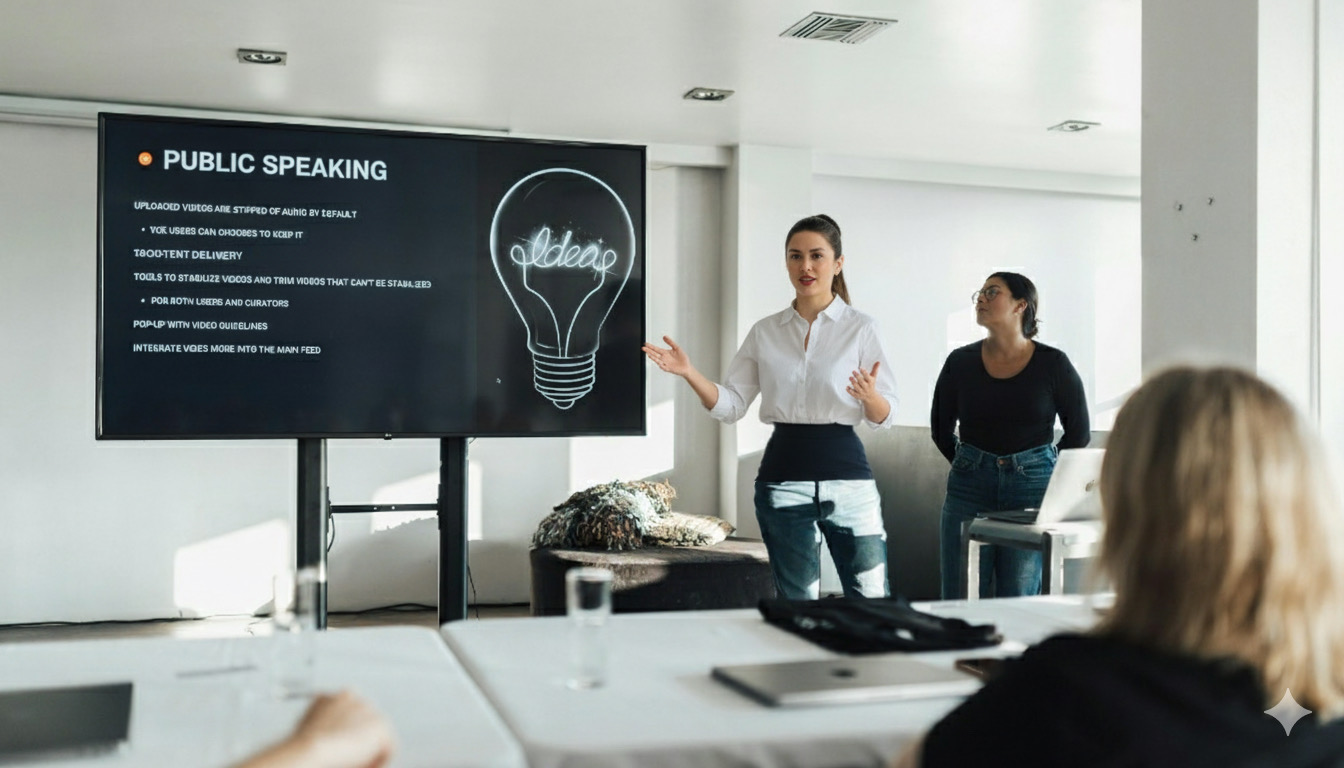I’ve trained in rooms without electricity.
In towns where the war had paused but hadn’t ended. Where the dust still sat heavy on windows and in lungs. Where we opened the session not with icebreakers but with silence, because everyone needed to remember how to breathe.
This is what training looks like in a world on fire.
Not the world of corporate e-learning platforms and tidy breakout rooms. But the world I know. The one made of broken chairs, borrowed hope, and people who show up anyway.
We, as trainers, are told to inspire. To motivate. To build capacity. But how do you inspire someone who just lost their home? How do you motivate someone whose country has collapsed around them? How do you talk about goal setting to a woman who had to cross three checkpoints to attend your session?
This is not theoretical. This is my life. And it’s the life of thousands of educators and facilitators across the Middle East and beyond who teach in the ruins.
The Classroom Is Not Neutral
In places marked by trauma, the classroom becomes sacred. It holds pain, survival, memory. It’s not just a space for learning — it’s a space for holding each other up.
The whiteboard is cracked. The markers don’t always work. But somehow, people arrive. They sit. They listen. They write. Not because they expect miracles — but because they still believe in human connection.
When I train, I bring more than my curriculum. I bring grief, laughter, caution, and care. And I receive the same.
We don’t pretend things are okay. We build anyway.
Teaching While Healing
Most of us who facilitate in these spaces are also carrying our own wounds. We are refugees, daughters of war, survivors of silence.
We have stood in front of flipcharts while our hands shook. We have taught negotiation skills while our own families were being denied visas. We have explained “resilience” to groups who have lived it more than we ever could.
But we teach. Because teaching becomes a form of resistance. Because creating space for others is how we stitch our own selves back together.
The Curriculum Must Change
You cannot train people in a crisis with tools built for calm.
The usual templates — SMART goals, elevator pitches, performance metrics — mean nothing if they’re disconnected from lived experience.
We need training programs that:
- Acknowledge trauma and fatigue
- Prioritize emotional safety
- Teach from the body, not just the brain
- Accept grief as part of the learning space
- Allow joy, dance, food, breath
We must design learning like we design shelters: strong, flexible, able to hold many kinds of pain.
This Is What Real Capacity Building Looks Like
Real training doesn’t ignore the fire. It teaches people how to move through it without being consumed.
It reminds them that they are still worthy of growth, even when their world tells them to shrink.
It offers tools, yes — but also presence. A way to say: “You are not alone.”
In these rooms, learning becomes collective. A whispered story becomes a case study. A tear becomes a breakthrough. A moment of shared laughter becomes evidence that we will not be erased.
To Train Is to Believe
If you’re reading this and you’ve ever taught in a space touched by conflict, poverty, or displacement — this is for you.
You are not just a trainer. You are a bridge. A builder. A witness.
You are shaping futures in places the world has forgotten.
And if you’re designing training programs for communities in crisis, know this: no module matters more than your presence. No certificate will carry the weight of a single, real connection.
Train gently. Teach with grief in one hand and hope in the other. Build not for the system — but for the soul.
That’s how we train in a world on fire. That’s how we keep going, together, through the ruins.




